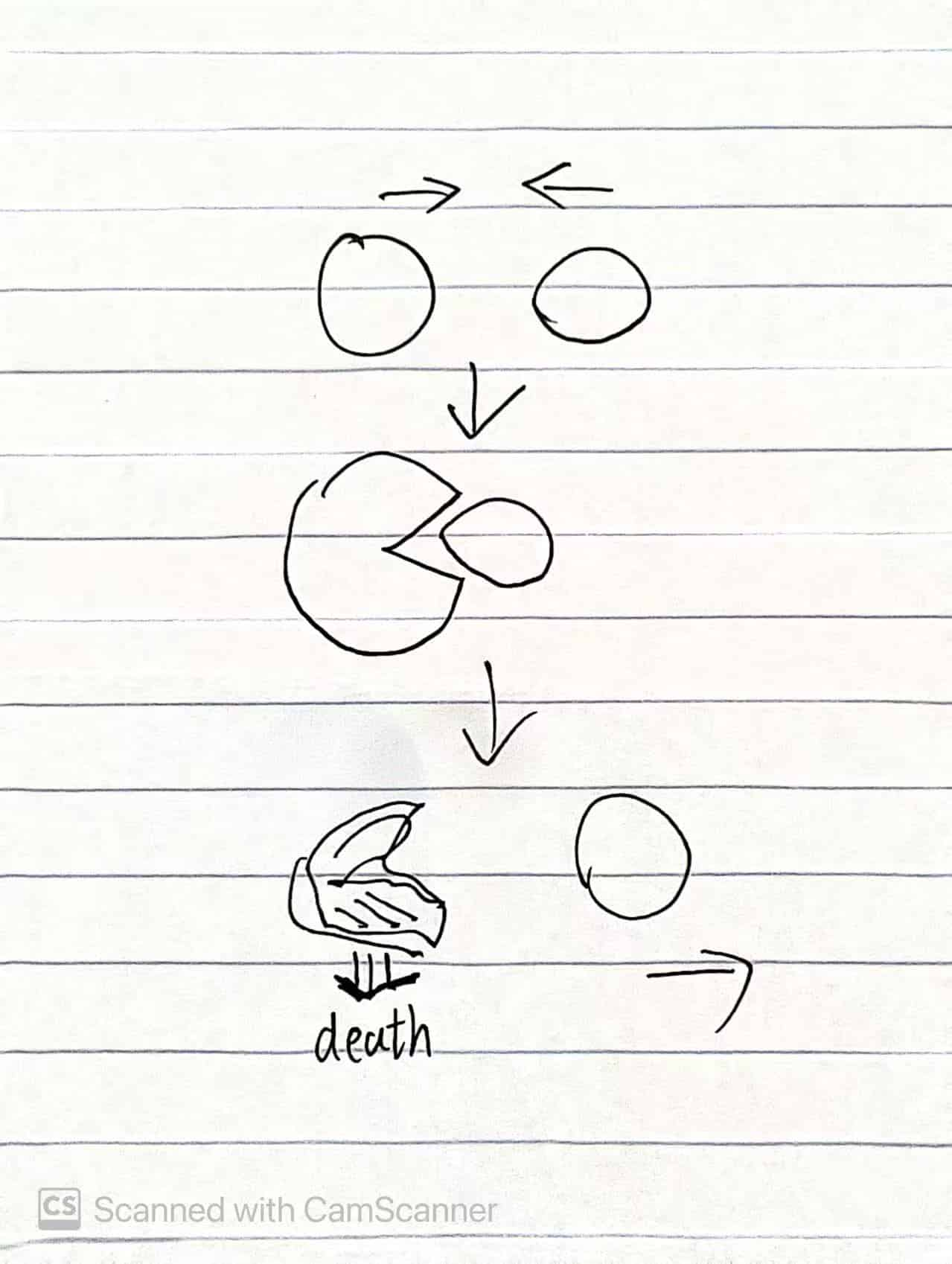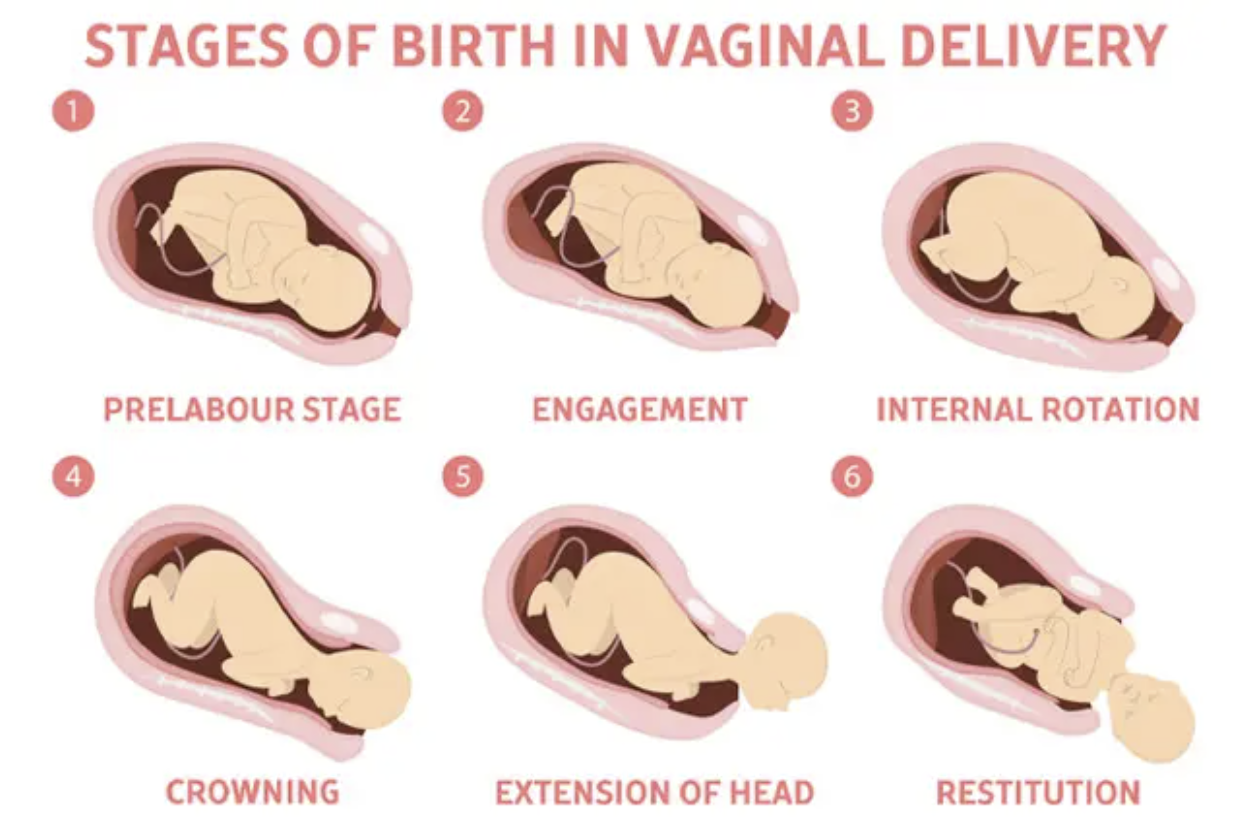Final Project Concept: The Birth of Robots
"Cell division meets creature robotics."
Initial Concept
Two parent spheres ("cells") wander around in their environment. When they collide and both detect contact (they "agree"), one opens and a baby robot emerges ("comes from old cells"). After birth, the parent may change state—becoming slow, scarred, or even "dying" (stopping), while the baby scurries away to begin its own journey.
This concept explores the intersection of biological reproduction processes and autonomous robotics, creating a narrative that bridges natural phenomena with technological systems.
Evolution of the Idea
This is a pure art project so far, so don't ask me any practical use right now. I DUNNO! I try to think about the lives of robots by learning about the natural birth process.

